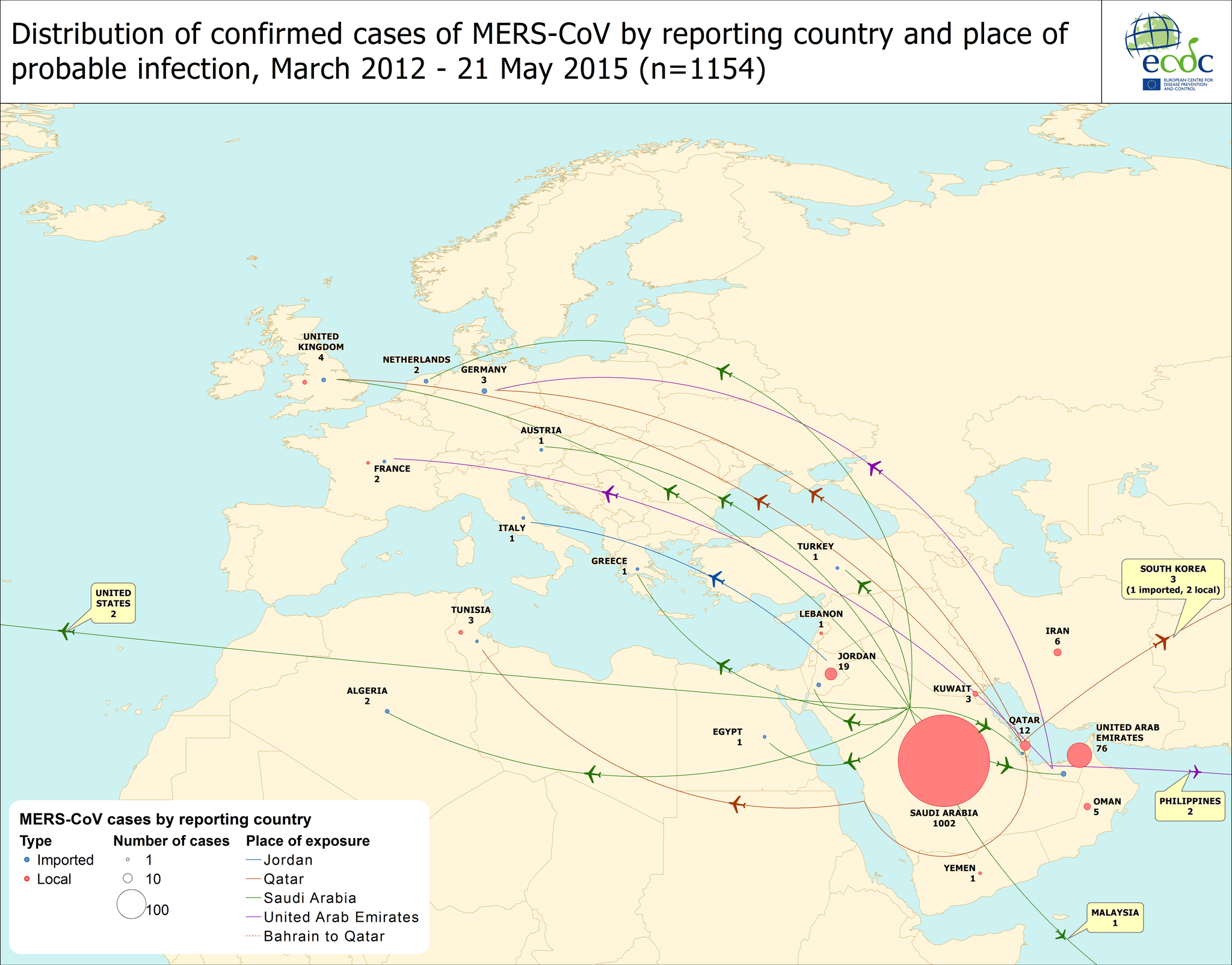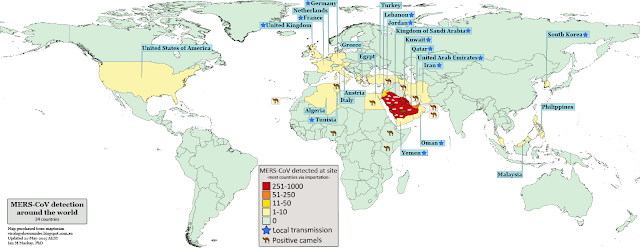Edited for clarity 24MAY2015 AEST
The uptick in cases this week from, in particular, Guinea interrupted what was looking promisingly like a continuous downward trend in cases all the way to zero - yes, that was too much to hope for.
However, it's worth keeping some context around this:
- Everyone actually working in this space has forewarned us that getting to zero Ebola virus disease (EVD) cases was never going to be an easy journey.
- The indicators have consistently shown more reluctance in Guinea to "kick out Ebola" than in Liberia or Sierra Leone. What caused that reluctance, I don't fully understand from my totally uninvolved chair a million miles away.
I know right? Surprising.
Yes-I'd like a specific reason, all wrapped up and presented to me. I'm simplistic and selfish that way. Get that for me will you?? 'Cause I'm totes sure you haven't been trying your collective butts off all this time. - There were fewer new confirmed EVD cases this past week than in the tally for the week before or for other weeks - look back at January 2015, or October 2014 or June 2014, or any of a number of other dates when cases were accruing at a much faster rate than now (graph below).
That is a silver lining. It's far from ideal, but it's not a return to the worst of it.
All along there has been something different about Guinea and that is now a clear sticking point in the final push to rid its people of Ebola virus|Makona. It never reported, as Sierra Leone did, days with averages of more than 100 cases.
If we knew what was different about the people, communication, geography, weather, traditions, habits, thinking, ETUs, labs, government...or whatever..then we could perhaps better target the problem(s) and get to zero sooner.
That will be core business for the next step to occur.
If we knew what was different about the people, communication, geography, weather, traditions, habits, thinking, ETUs, labs, government...or whatever..then we could perhaps better target the problem(s) and get to zero sooner.
That will be core business for the next step to occur.
 |
| Click on graph to enlarge. |
















